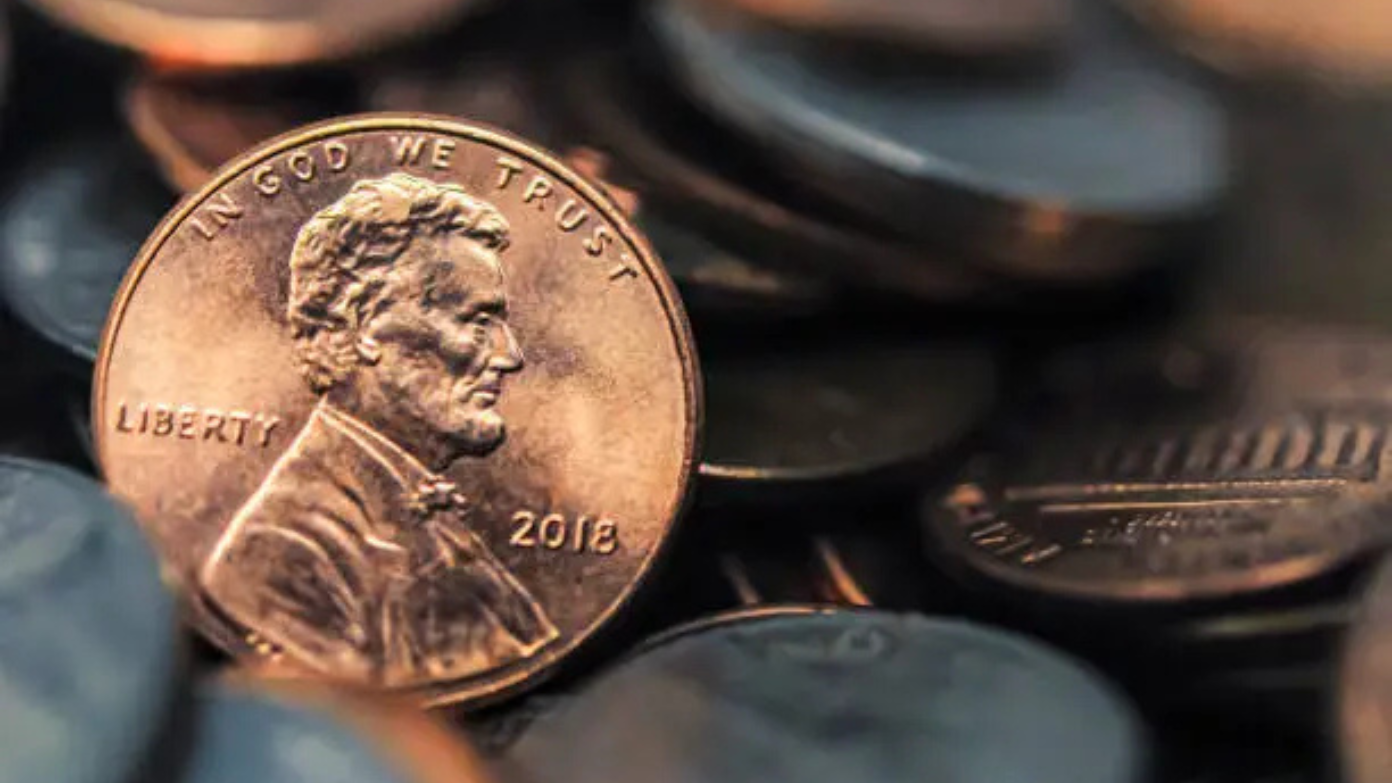Among the many thousands of coins that have drawn investors and collectors together, the 1943 Lincoln penny is a unique case of value and scarcity. Produced in World War II, this penny was produced under special circumstances that resulted in fewer copper pennies being produced than were planned to be made out of zinc-coated steel. These pennies of uniqueness today are sold at an auction of up to $1 million or more.
Historical context: The 1943 minting process
In 1943, the Mint had a real dilemma on its hands: copper was being heavily used for war materials, like ammunition and wire. To free copper for wartime use, the Mint started striking pennies composed of zinc-plated steel. But due to someone forgetting, a few remaining 1942 bronze planchets (the discs upon which pennies are stamped) were still in the presses. This caused a few pennies to be struck from copper rather than steel.
The availability of these copper pennies was not known to the public until 1947 when collectors started finding them. The scarcity of these coins soon rendered them very popular among numismatists.
The rarity and value of the 1943 copper penny
The amount of authentic 1943 copper cents has long been contentious among collectors, but an approximation suggests there were but 20 to 40 struck. Out of the remainder, there only exist 27 today. That rarity plays heavily into the circumstance that their better-preserved exemplars sell between the hundreds of thousands and multiple millions of dollars.
In more recent history, one such high-profile sale was that of a 1943 copper penny, selling for $1 million at auction. The sale reinforced the coin’s status as one of the most valuable error coins in U.S. history. Another such specimen found its way into an owner’s possession in 2010 for $1.7 million, further cementing its status as a “holy grail” for collectors.
Authenticating 1943 copper pennies
Due to the monetary value that these coins have, hobbyists and collectors need to learn how to authenticate an original 1943 copper penny:
- Magnet test: A true copper penny won’t stick to a magnet, while the usual zinc-coated steel pennies will.
- Weight check: The authentic 1943 copper penny weighs about 3.11 grams, while the steel version is about 2.7 grams.
- Visual inspection: The coin must be copper-colored like pennies, not steel-colored like steel cents.
- Mint marks: Copper pennies were made in all three mints: Philadelphia (no mint mark), Denver (D), and San Francisco (S). Examination for mint marks can be used to aid in authentication.
- Date inspection: Watch out for phony dates; some counterfeiters have altered other coins to look like 1943 issues.
If you believe you possess a real 1943 copper cent, it is well worth getting your coin professionally graded by a reputable coin dealer or having it sent in for grading to a professional company like the Professional Coin Grading Service (PCGS).
The market for rare coins
The rare coin market itself has varied greatly over the decades based on collector and investor demand. The scarcity and historical significance of the 1943 copper cent make it most valuable at times of economic downturn when physical ownership is desired.
Current auction results show that values are wildly volatile based on condition and provenance. For instance:
- A 1943-S copper penny would be worth anywhere from $300,000 to $1 million, depending on its condition.
- The 1943-D copper penny, the rarest known in existence with only one specimen known, is worth well more than $1 million.
These estimates give an idea of how even a very small coin can be very valuable for historical significance and how rare it is. The history of the 1943 Lincoln penny is an intriguing blend of economics, history, and numismatics. Starting out as a World War II production mistake has turned into one of the most valuable coins in United States history. Priced at more than $1 million or more, these scarce pennies have been captivating investors and collectors. If you find yourself with a penny from this era, it is definitely worth taking a closer look—there is likely some history in the palm of your hand worth much more than its face value.
Read more: Buffalo’ nickel that could be worth up to $7,522 at auctions – Here are the details that make this coin unique
Read more: What is the ‘Ring Test’, the infallible method to detect if a valuable dollar coin is counterfeit
